16 unconscious bias examples and how to avoid them in the workplace
By Julian Lewis • January 9, 2023

In today's society, unconscious bias is a prevalent issue that can have a major impact on the workplace. Unconscious bias refers to the automatic and unconscious attitudes or stereotypes that affect our understanding, actions, and decisions. These biases can lead to unequal treatment and opportunities for certain groups of people, and can even perpetuate systemic discrimination.
In this article, we will explore 16 unconscious bias examples and discuss strategies for avoiding them in the workplace. By becoming aware of our own biases and taking steps to mitigate their influence, we can create a more inclusive and equitable work environment for all.
Join our Newsletter
Transform your career with our personal growth insights. Get one valuable tip right in your inbox every Saturday morning.
Definition of unconscious bias

According to Webster's Dictionary, unconscious bias describes a prejudice that is held unconsciously by a person. In other words, this bias will not be noticed or acknowledged by the person who possesses it.
These biases are often based on our experiences, cultural background, and societal influences, and they can shape how we perceive and interact with others. Unconscious bias can manifest itself in a variety of ways, including our perceptions of people based on their physical appearance, our assumptions about their abilities and capabilities, and our expectations of their behavior.
While we may not be aware of these biases, they can have a significant impact on how we treat others and make decisions. Unconscious bias can lead to unequal treatment and opportunities for certain groups of people and can perpetuate systemic discrimination. It is important to recognize and address unconscious bias in order to create a more inclusive and equitable society.
If you are interested in diving deeper into the power of embracing the opposite of victimhood, read our blog post here for a comprehensive guide.
A few prevalent examples of unconscious bias include:
Bias towards minorities in healthcare practices
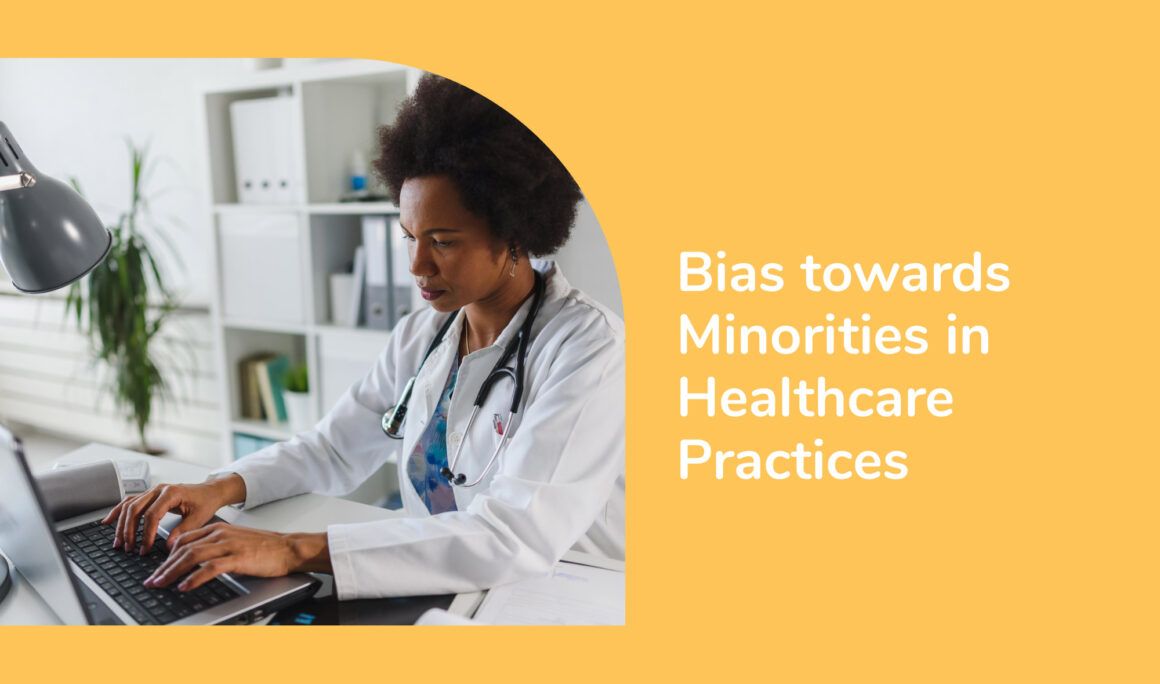
Bias towards minorities in healthcare practices is a significant issue that can have serious consequences for patient care and outcomes. Unconscious bias can affect how healthcare providers perceive and treat patients from minority groups, leading to unequal access to care and disparities in health outcomes.
One example of unconscious bias in healthcare is the stereotype that Black people feel less pain than other racial groups. This stereotype has been shown to affect the way that healthcare providers assess and treat pain in Black patients, leading to undertreatment and inadequate management of pain.
Similarly, unconscious bias can also lead to assumptions about the causes of illness and the appropriate course of treatment for minority patients. For example, Latino patients may be more likely to be prescribed pain medication instead of referred for physical therapy, due to the assumption that their pain is not as severe.
Unconscious bias can also affect the way that healthcare providers communicate with and interact with minority patients. For example, some studies have shown that healthcare providers may spend less time with minority patients, or use more directive communication styles with them, leading to lower levels of patient satisfaction and trust.
Racial bias in real estate appraisals

Racial bias in real estate appraisals is another significant issue that can have far-reaching consequences for homeowners and communities. Unconscious bias can affect the way that real estate appraisers value homes, leading to inequities in property values and subsequently in the amount of money that homeowners are able to borrow or receive from a sale.
One example of this type of bias in real estate appraisals is the phenomenon known as "redlining," where appraisers intentionally or unintentionally undervalue homes in neighborhoods with a high concentration of minority residents. This can result in lower property values and less access to mortgage financing for homeowners in these neighborhoods.
Additionally, unconscious bias can also affect the way that appraisers perceive the quality and condition of homes in minority neighborhoods, leading to lower appraisals even when homes are similar in quality to those in predominantly white neighborhoods.
Bias against minorities in the legal system
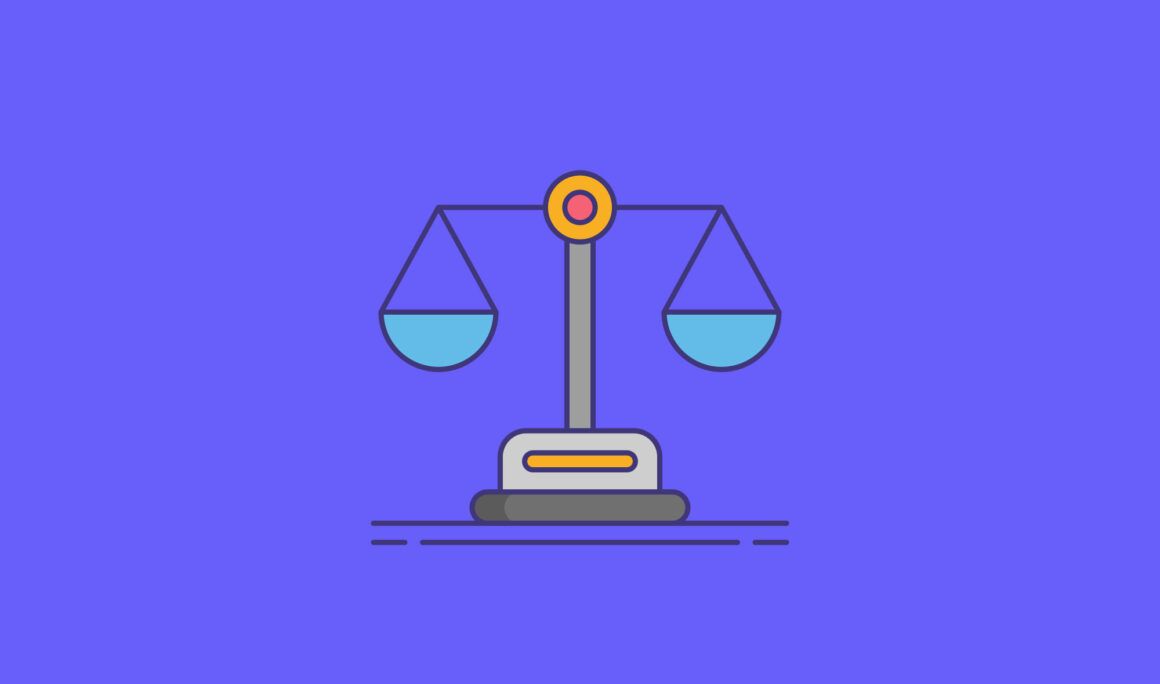
Bias against minorities in the legal system is a pervasive issue that has been historically overlooked and ignored. There are numerous reports of racial profiling, unreasonable search and seizure, disproportional sentencing, and more that represent the systemic racism ingrained in our legal system today.
Studies have shown that African Americans are incarcerated at nearly five times the rate of white people, despite the fact that they constitute just 13% of the population. Additionally, black defendants are 20% more likely to be sentenced to death than their white counterparts, even for similar crimes.
But this bias is not restricted to individuals - it also extends to institutions and policies. For example, police disproportionately target minority communities for stop-and-frisk searches, despite the fact that a majority of these searches result in no arrests. Additionally, people from minority communities are less likely to be granted bail than those from white communities, resulting in longer pre-trial detention periods for minorities.
Biases against powerful women

From the workplace to politics, women are often judged for their power and influence; this is especially true for women in leadership roles. Research has shown that when people think of a leader, they usually picture someone who is strong, decisive, and authoritative – characteristics that are often tied to masculinity. Because many women in leadership roles don't fit the mold that people usually have when they imagine a leader, they are often faced with social stereotypes and biases against them – both in their professional and personal lives.
One common bias that many powerful women face is that they are often labeled as "bossy" or "strident". This bias is especially noticeable in the workplace, where female leaders can be seen as abrasive or overly aggressive when they assert themselves or try to take charge.
In addition, women with powerful positions are often stereotyped as being manipulative and untrustworthy – traits that are typically associated with men who hold similar positions.
16 types of unconscious bias + examples

In order to work effectively with people from a variety of backgrounds, it is important to be aware of the many unconscious biases that we all hold. These biases can affect our perceptions and decisions in a number of different ways, often without us realizing it.
Let's dive into some of the most common types of unconscious bias, as well as some examples to help illustrate their effects:
1. Affinity bias
Affinity bias is a type of unconscious bias that refers to the tendency to favor or have a natural affinity for, people who are similar to us in some way. This can include factors such as shared nationality, race, religion, gender, sexual orientation, or other personal characteristics. Affinity bias can affect our perceptions and interactions with others, leading to preferential treatment and opportunities for those who share our affinity group.
For example, a person who is part of a certain religious community may have an affinity bias towards others who share the same religion, leading them to feel more comfortable and at ease with those individuals. This bias could influence the person's decision-making and interactions, leading to greater trust and cooperation with individuals from their affinity group.
Similarly, a person who is part of a certain racial or ethnic group may have an affinity bias towards others who share the same background or similar interests, leading to more positive interactions and perceptions.
How to avoid affinity bias in the workplace
One of the first steps to avoiding affinity bias is to become aware of your personal biases and how they might influence your thoughts and behaviors. This can involve actively seeking out diverse perspectives and challenging your own assumptions.
2. Ageism
Ageism is a form of discrimination against a person based on their age. It can take the form of negative attitudes and stereotypes towards older or younger people and can lead to discrimination in various areas such as employment, healthcare, and social interactions.
An employer who holds negative stereotypes about the abilities and values of older workers may be more likely to discriminate against them in hiring, promotion, or salary decisions. This could lead to a situation where an older worker is passed over for a promotion in favor of a younger, less experienced candidate, solely due to the employer's unconscious bias.
Age bias can also affect the way that healthcare providers perceive and treat older patients, leading to assumptions about their abilities and treatment preferences and potentially resulting in inadequate care.
How to avoid ageism in the workplace
Having clear policies and procedures in place for your hiring manager can help prevent age discrimination and ensure that decisions are made objectively and that all employees are treated fairly. This can include setting clear criteria for promotions, hiring, and other key decisions.
3. Attribution bias
This type of unconscious bias refers to the tendency to attribute the cause of an event or behavior to internal characteristics or dispositions of an individual, rather than external factors or circumstances. This can lead to inaccurate and oversimplified perceptions of others and can result in biased judgments and decisions.
If a person performs poorly on a task, an individual with attribution bias might attribute the failure to the person's lack of ability or effort, rather than considering external factors such as a lack of resources or support. This bias could influence the way that the individual perceives and interacts with the person, leading to negative assumptions and possibly even discrimination.
Attribution bias can also affect the way that individuals perceive and evaluate the behavior of groups or communities, leading to stereotypes and negative perceptions.
How to avoid attribution bias in the workplace
When making decisions, try to rely on objective measures rather than subjective evaluations, as this can help to reduce the influence of attribution bias. For example, consider using standardized tests or other objective measures to evaluate candidates for promotions or during the hiring process.
4. Authority bias
Authority bias is a type of cognitive bias in which an individual gives disproportionate weight to the opinion of an authority figure, such as a leader or expert. This decision-making process can lead to irrational judgments and decisions that may be contrary to the best interests of the individual or even society as a whole.
Authority bias occurs when people are presented with information or advice from an authority figure. This can be due to a variety of factors, including the individual's own bias toward following someone in a position of power, external pressures to conform to the judgment of authority, or the desire to trust and follow those who appear more knowledgeable about a given topic.
How to avoid authority bias in the workplace
Encourage open and honest communication and seek out diverse perspectives when making decisions or solving problems. This can help to ensure that all viewpoints are considered and that decisions are made in a fair and unbiased manner.
5. Anchor bias
Anchor bias is a subconscious preference that refers to a person's tendency to rely too heavily on the first piece of information they receive (the "anchor") when making decisions or estimates. This bias can affect people's judgments and decisions in a variety of situations, including financial and legal matters, negotiating, and even simple tasks like estimating the weight of an object.
Anchoring bias can be particularly problematic when it comes to negotiating, as the initial offer or suggestion can anchor the final negotiation outcome. For example, if one party makes a high initial offer in a negotiation, the other party may anchor their counteroffer to this initial high offer, leading to a final agreement that is higher than it might have been if both parties had started from a more neutral position.
How to avoid anchor bias in the workplace
When making decisions or estimates, try to consider a range of possibilities rather than focusing on a single possibility. This can help to reduce the influence of the initial anchoring bias and ensure that decisions are based on a more comprehensive analysis.
6. Beauty bias
This type of bias refers to prejudice or discrimination that exists in favor of people who are physically attractive. Beauty bias tends to be more prevalent in certain areas, such as the workplace or social situations, where beauty is seen as an advantage.
Research has shown that when beauty bias occurs, it can have significant impacts on an individual's success and well-being. For example, studies have found that attractive people are more likely to be hired for jobs and to receive higher salaries and that they may also be more likely to be perceived as intelligent and competent. On the other hand, people who are perceived to possess less physical attractiveness may face discrimination and barriers to success in various aspects of their lives.
How to avoid beauty bias in the workplace
One key step that everyone can take to avoid beauty bias in the workplace is simply to put themselves in other people's shoes. This means not only being mindful of how others may perceive your appearance but also being mindful of how you may be treating others around you. This can help to reduce any potential negativity and ensure that everyone is able to focus on their work and not worry about outside biases or pressures.
7. Confirmation bias
It is human nature to subconsciously rig our perception of reality through a process known as confirmation bias. Confirmation bias is the tendency we have to more readily believe what reaffirms our beliefs rather than what disproves them. This phenomenon is so ubiquitous and natural that it was even present when we were using our brain's most primitive capacities, like taking in sensory information.
One study has shown that people will often interpret ambiguous stimuli to fit their beliefs because they don't want to be wrong. Another classic example of confirmation bias can be found in people's perceptions of the weather. People often believe a sunny day is more likely to occur on a Thursday than on any other weekday, simply because they have observed many Thursdays being sunny while the rest of the week has been rainy.
At its worst, confirmation bias can lead to the formation of echo chambers and other social dynamics that reinforce our beliefs. For example, people who are highly engaged with a particular political or religious group may only surround themselves with like-minded individuals, which allows them to blindly reaffirm their beliefs without ever having to be challenged.
How to avoid confirmation bias in the workplace
Given the way that confirmation bias can often lead us to view situations through a lopsided lens, it is also important to seek out outside perspectives and feedback from other people as well. For example, you might consider collaborating with a colleague or team member on a project to get additional perspectives and ideas. Additionally, speaking with an impartial third party or mentor about your experiences can also be a valuable way to minimize confirmation bias and gain more insights.
8. Conformity bias
Conformity bias is the tendency for people to conform to the beliefs, attitudes, and behaviors of others in a group. This bias can occur when people feel peer pressure to conform to group norms or to fit in with the group and can lead individuals to go along with decisions that may not align with their own opinions or values.
Conformity bias can have significant consequences, as it can lead people to make decisions or take actions that are not in their best interests or that are not in line with their values. It can also contribute to the maintenance of social norms and can inhibit the expression of minority viewpoints or the consideration of alternative perspectives.
For example, a study of college students found that male students who considered themselves to be part-time smokers felt a greater pressure to conform to the norms of regular smoking when they were surrounded by other male smokers.
Join our Newsletter
Transform your career with our personal growth insights. Get one valuable tip right in your inbox every Saturday morning.
How to avoid conformity bias in the workplace
One key step that you can take to avoid conformity bias during the hiring process is to be aware of how social pressure may impact your own decision-making processes and behaviors. This means being cognizant of the different ways that others may try to influence or steer your behavior, such as through peer pressure, groupthink, or simply by presenting certain information or data in a way that is intended to persuade you.
9. The contrast effect
The contrast effect refers to the way in which the perception of one stimulus can be influenced by the presence of another stimulus. This can occur when two stimuli are presented in close proximity to one another, and the perception of one is influenced by the comparison to the other.
For example, if a person is shown two shades of blue, one of which is a very pale blue and the other a very dark blue, the pale blue may appear even paler in comparison to the dark blue. Similarly, if a person is shown a series of images of people, and one person is much taller than the others, the other people may appear shorter in comparison.
The contrast effect can have significant impacts on people's perceptions and decisions, as it can influence how people evaluate and compare different options. For example, if a person is shown two job offers, one with a higher salary but fewer benefits and the other with a lower salary but more benefits, the person may be more inclined to choose the offer with the higher salary if they are presented with it first, due to the contrast effect.
10. Gender bias
Discrimination against a person based on his or her gender is referred to as gender bias. This bias can manifest in a variety of ways, such as the underrepresentation of women or marginalized groups in positions of power and authority, stereotyping based on gender norms, and implicit biases against certain genders.
One example of gender bias might be when a person holds negative stereotypes about a particular gender, such as believing that women are less intelligent or less capable than men. Another example might be when a person treats individuals of a certain gender differently based on these stereotypes, such as by paying women less than men for the same work or by offering different opportunities or resources to men and women.
How to avoid gender bias in the workplace
An effective strategy in preventing unconscious gender bias is to implement clear and consistent policies related to your hiring process, equal opportunity employment, and sexual harassment prevention. This includes creating an anti-harassment or anti-discrimination policy, addressing issues head-on, encouraging a more gender-balanced team, conducting training on anti-bias issues, and implementing appropriate monitoring or review processes.
11. Height bias
In the 1970s, the International Association for Research in Income and Wealth (IARIW) spent $25 million on a major study to establish a standard that could compare gross income shares across nations. This project was known as the "Allocation of Income within Countries," otherwise known as HAIC. After seven years of research, HAIC was ready to release the first international income distribution data but was stymied by controversy.
The problem was that the newly released data showed a significant height bias—that is, the data suggested that people of average height earned more than other members of society, regardless of gender or ethnicity. And people were understandably upset about this finding. A number of major newspapers covered the controversy, and there were calls to ban HAIC's research altogether.
However, despite the height bias controversy, the data from HAIC has proved to be incredibly valuable in helping us understand global income distribution patterns. For example, it showed that there is a strong correlation between height and income levels: on average, taller people tend to earn more than people of average height.
12. The horns effect
The horns effect is a cognitive bias that refers to the tendency for people to rate a person or thing more negatively when it is described as having a negative quality (the "horns") than when it is described as having a positive quality (the "halo"). This effect can occur when people evaluate someone or something based on a single characteristic, and the overall evaluation becomes distorted as a result. In social psychology, this effect is called the halo effect.
The horns effect can have significant implications for how people are perceived in various situations. For example, if someone has been convicted of a felony, it may be difficult for others to see past this negative quality, even if the person in question has made positive contributions since that time.
Similarly, if a company is facing financial difficulties and laying off employees, investors may view it negatively based solely on this one factor, without considering other aspects of the company such as its successful products or loyal customer base.
How to avoid the horns effect in the workplace
The most important thing is to be mindful of your tone and body language when communicating with others. It can also be helpful to focus on your own strengths and accomplishments, rather than trying to boost your status by putting others down.
13. Name bias
Did you know that when you fill out an application, there may be a name bias on the form? This is true in many situations – whether it's a job application or a college or university admissions form. Often, these forms will ask for your name and other personal details such as your gender and date of birth, but they don't always do a good job of ensuring that this information is used in a fair and equitable way.
There can be all sorts of reasons for name bias on these forms. For example, some people might feel that names that are more "traditional" or "Western" sound more professional or educated than other names. Some people may also be biased against certain cultural or ethnic groups and may choose not to hire or accept people who have certain names.
How to avoid name bias in the workplace
During the interview process, the hiring team can avoid name bias by asking a job applicant for biographical information such as where they grew up and went to school, rather than just focusing on their name. Similarly, you can make a conscious effort to set aside your preconceptions about employees and instead focus on their skills and abilities.
14. Nonverbal bias
Nonverbal bias is an unconscious form of discrimination and prejudice that manifests itself in body language, language use, facial expressions, gestures, and other forms of nonverbal communication. These are all subtle forms of communication that reflect a person's beliefs, attitudes, and values.
People often don't realize how much nonverbal bias they carry with them into interactions with others. For example, they may make assumptions or use stereotypes to interpret the body language of others without even realizing it. This can lead to negative consequences, such as missing out on important opportunities because of miscommunication or misunderstanding.
How to avoid nonverbal bias in the workplace
One of the best ways to prevent nonverbal bias in the workplace is to foster an environment where everyone feels heard and respected. If you notice that your colleagues are showing signs of nonverbal bias, try to address those issues directly by initiating conversations about the issue or working with human resources to resolve it. By building a supportive workplace environment, you can help to prevent nonverbal bias from taking root in your workplace.
15. Recency bias
Another lesser-known form of prejudice is recency bias, which describes the tendency of people to overvalue recent events while undervaluing similar, but older ones. Recency bias is a common problem both in individual decision-making and in marketing.
For example, many people are more likely to purchase a new technology or fad that is popular at the moment, even if it does not meet their needs or interests as well as an older alternative might. Marketers and advertisers are also likely to place disproportionate weight on newer products and trends when designing their strategies and campaigns, which can lead to missteps if something that is suddenly "trendy" one year quickly becomes passe the next.
In our personal lives, recency bias can lead to poor decision-making and missed opportunities as we discount older, more settled relationships or experiences in favor of newer ones that may not be as well suited to our needs. To combat this, it is important to understand and be aware of our personal biases as well as the factors that may influence them.
How to avoid recency bias in the workplace
One of the most important things to remember is to be mindful of your own decision-making process and actively evaluate whether newer information or alternatives are truly better than older ones. For example, if you find yourself drawn toward a certain product because it is currently popular or trending, try to consider whether there are any other factors that may influence your decision, such as brand loyalty or personal preference.
16. Weight bias
Weight bias is defined as a negative attitude directed toward those who are overweight or obese. This includes both emotional/psychological biases, which interfere with normal activities of everyday life for an individual because of their weight, as well as biases towards someone's physical appearance in employment levels, health care, and social situations.
Weight bias has a long history in American culture. In the United States, diet and exercise are often viewed as "virtuous" while overeating and being sedentary is thought to be a sign of laziness or lack of willpower. The tendency is for people who have put on too much weight or become obese to internalize these negative stereotypes, leading to low self-esteem and depression.
There are also numerous physical biases against people who are overweight or obese. In many cases, these individuals may encounter discrimination in the workplace or be denied access to healthcare services due to their weight. Additionally, they often face unfair judgments from others in social situations and may experience bullying or harassment as a result.
Tell me the best way to reduce unconscious bias.

While it is natural for people to hold unconscious biases, they can have negative impacts on individuals and communities and it is important to work to reduce their influence. Let's explore some of the best ways to reduce unconscious bias and create more inclusive and equitable environments.
One key strategy for reducing unconscious bias is to promote awareness and understanding of the issue. One way to do this is through education and training programs that help people recognize the impact that their biases may have on others, as well as how to identify and correct them. This can include initiatives at a workplace or school level, as well as broader public awareness campaigns.
Another important approach is to create policies, processes, and structures that promote inclusivity and reduce discrimination. For example, this may involve structuring hiring or promotion practices in a way that reduces the impact of unconscious biases, implementing diversity and inclusion initiatives within an organization, or offering sensitivity training for hiring managers and employees.
Other strategies for reducing unconscious bias include promoting inclusion through open and honest dialogue, fostering positive relationships across differences, and encouraging empathy and mutual understanding. By working together to address these issues at an individual, organizational, and societal level, we can help reduce the influence of unconscious bias and other biases in our communities and create more equitable environments for all people.
For more on this topic, check out Building a better business: how to identify and correct negative workplace culture.
Effective teams identify and overcome unconscious biases through open and honest communication
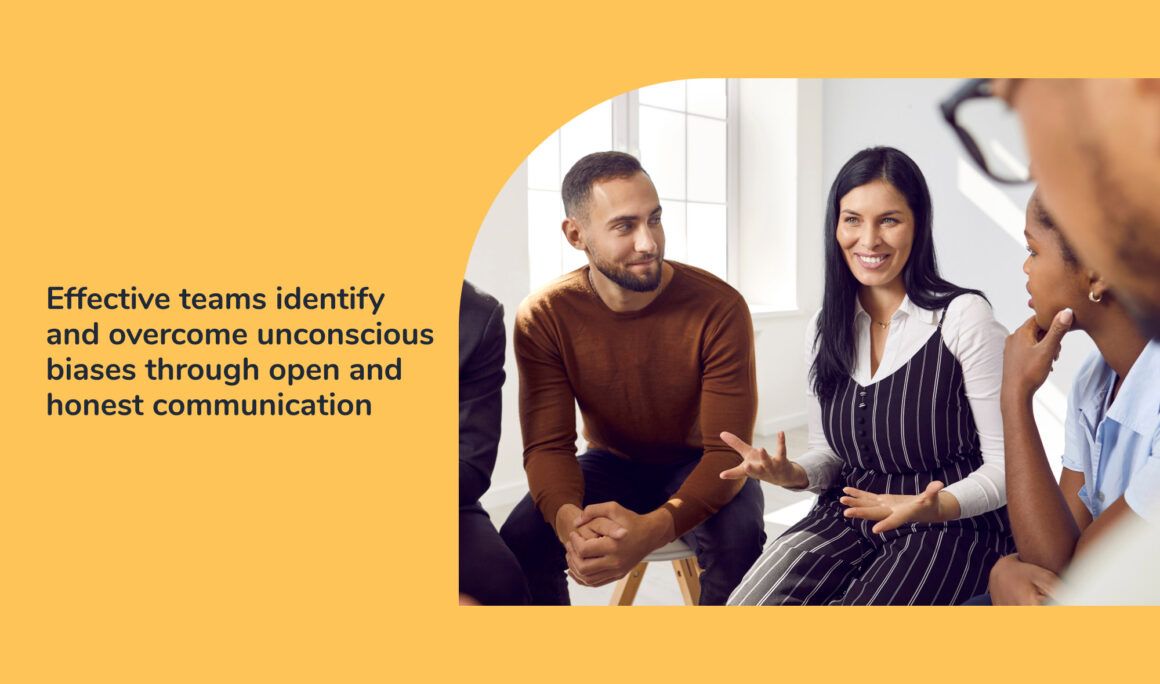
By working together to identify the root causes of bias and developing strategies for addressing them, teams can create inclusive environments that support effective collaboration and achieve organizational goals.
Additionally, individuals can take steps to reduce their own unconscious biases by reflecting on their personal experiences and preconceived notions, examining their beliefs and assumptions, and seeking out opportunities for learning and growth. In this way, we can work together to promote equity and achieve our collective potential as a society.
Coaching may be a great way to grow and learn. To know more about the different types of coaching available, read 15 Types of Coaching Inside and Outside The Workplace.
Conclusion
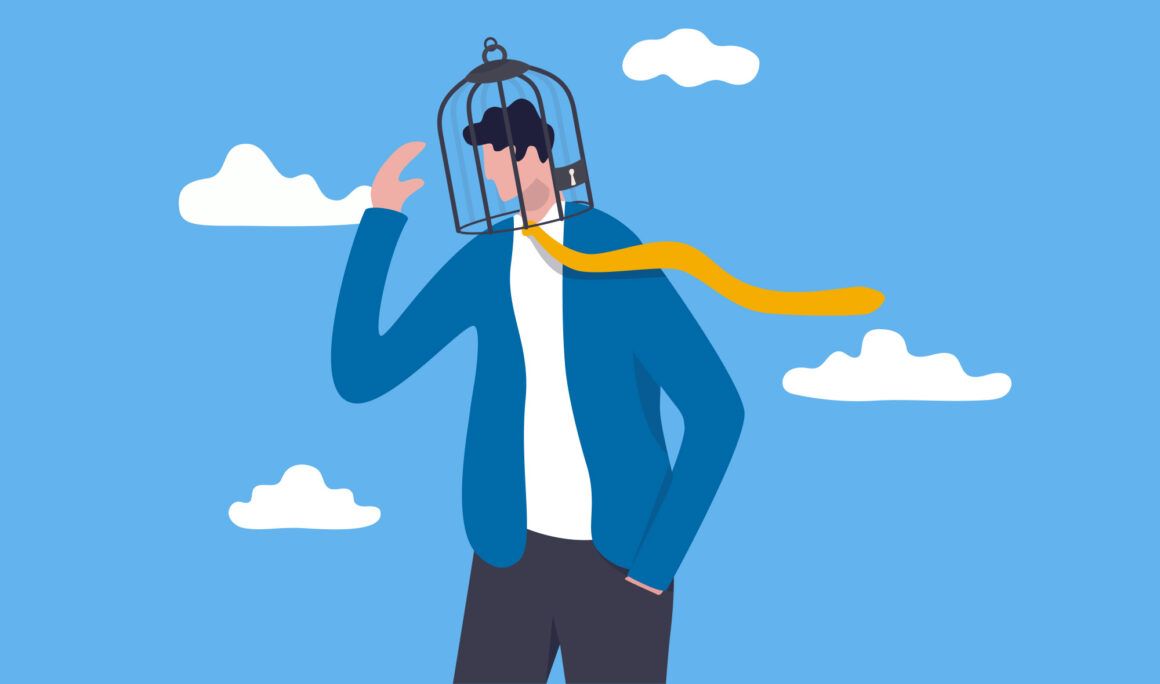
In conclusion, unconscious biases can lead to internal conflict, significantly impacting the workplace by fostering discrimination and inequality. Understanding the various forms unconscious bias can take, such as confirmation bias, recency bias, and the horns effect, can assist in reducing its influence and creating a more inclusive and diverse workplace.
By implementing strategies such as diversity and inclusion training, setting clear policies and procedures, and promoting open and honest communication, we combat unconscious bias in the workplace and build company cultures that value diversity and promote equal opportunities for all individuals. This leads to a more inclusive, fair, and productive environment for everyone.
Related topics
Gaslighting: Gaslighting is a form of emotional abuse that can occur in the workplace. It is important to be aware of the signs of gaslighting and to know how to protect yourself from it. For more information on gaslighting, please see our blog post on the topic: Unveiling the Dark Art of Gaslighting: Real-World Gaslight Examples and Experiences.
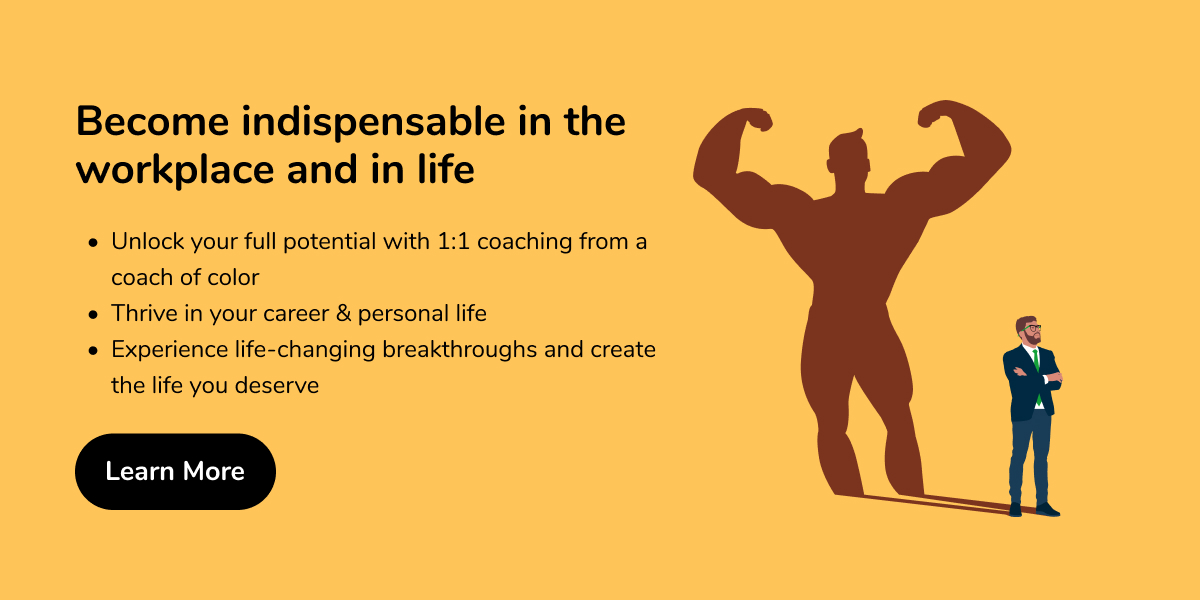
Read more about: Life Coaching
About Julian Lewis
Julian Lewis is a driven and accomplished professional with a passion for driving positive change in the business world. He is the co-founder and COO at Zella Life.
His own experience as a professional of color in a Fortune 500 company led him to discover the limitations for advancement that many professionals like himself face. Determined to reach his full potential, Julian became an established business coach and entrepreneur, committed to supporting others in their pursuit of personal and professional growth.
Today, Julian is a recognized corporate trainer, coach, and leader, known for his ability to leverage real-life experiences and evidence-based methodologies to affect positive change within individuals and organizations. As the leader of Zella Life's coaching division, he is dedicated to empowering individuals and businesses to achieve their full potential.